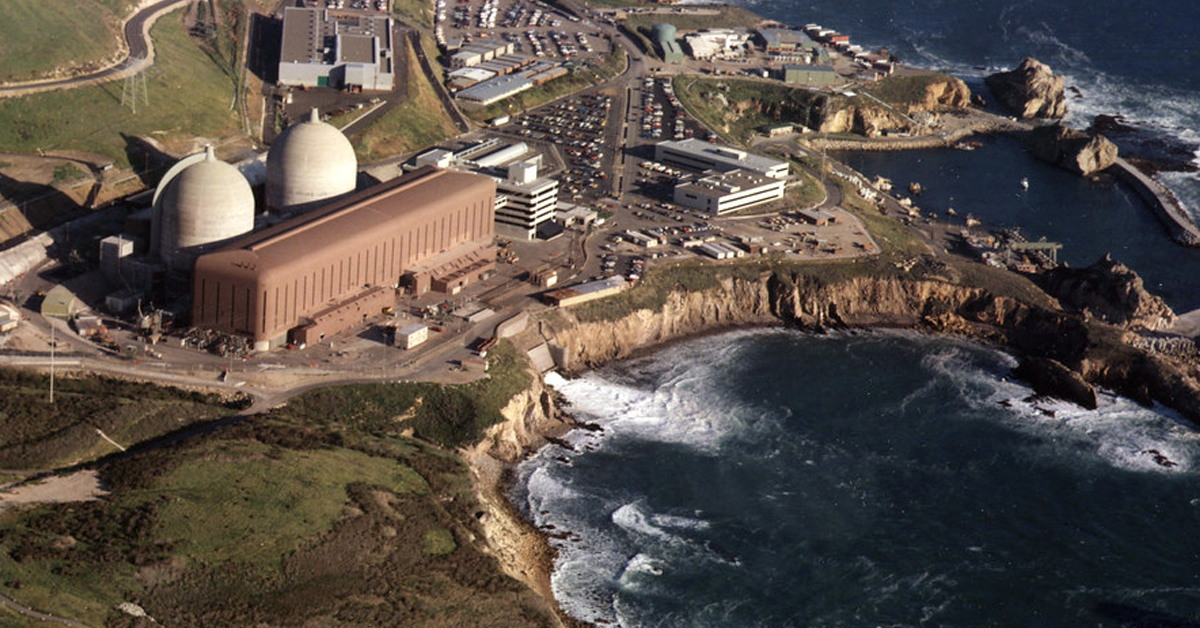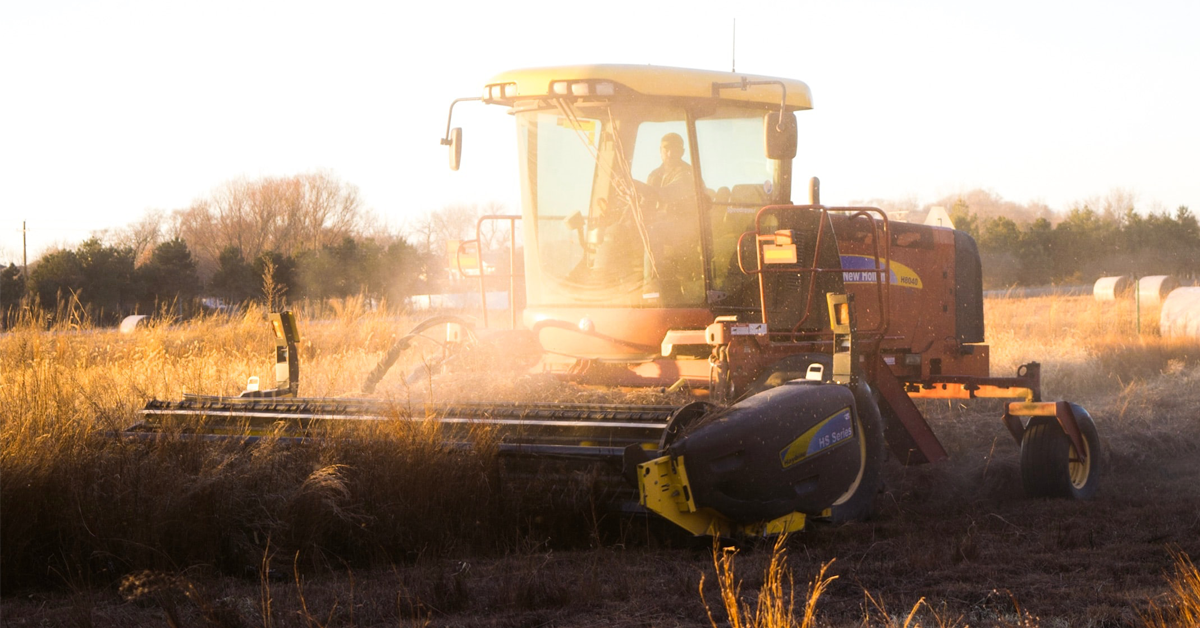California regularly struggles to meet power demands during the summer months, resulting in rolling blackouts that put our residents at risk. This issue is compounded by the goal of transitioning our entire automotive industry away from fossil fuels and onto renewable options. Simply put, we are far too behind in our production of energy to meet these lofty goals. It is for this reason, in my opinion, that Governor Newsom has come around on the issue of the closure of the Diablo Canyon Power Plant, which is set to shut down by 2025.
Diablo Canyon, which utilizes nuclear power, produces roughly 8% of California’s in-state electricity production and accounts for 15% of our carbon-free energy production. As the State and the Federal Government debate the future of the site, a 2021 report from Stanford and MIT highlights a way in which we could alleviate two major problems afflicting California: access to clean water and the energy to keep the state running. Instead of shuttering the doors on the Diablo Canyon facility, we could redirect its power production to offset the electricity demands of a large to a mega-sized desalinization plant.
Droughts in California are nothing new, almost to the point of being commonplace. Every few years, our residents are told to cut back their water use, fallow their farmland, and let their lawns die out. As the state repeatedly struggles to balance its precious water supply between urban, agricultural, and environmental uses, it has resorted to threatening strict fees for those who violate the state’s orders to conserve.
Despite the passage of Prop 1 back in 2014, we’ve seen little growth in the state’s capacity to store water or distribute it throughout the state. Thus, we’ve turned to a piecemeal approach to meeting our regular water needs, pulling from surface storage and groundwater sources, utilizing recycled water where possible, and relying upon sources from neighboring states. This approach has limped the state along for decades; however, it simply is not a feasible way to address our longstanding droughts.
One avenue that has consistently provided access to new sources of water is found within the process of desalinization. This process draws in saltwater and, utilizing reverse osmosis, purifies the water to a consumable standard. Around the globe, countries have adopted desalinization as a considerable part of their water portfolio. For example, Singapore aims to generate 30% of its water supply through desalinization as it progresses towards water independence. Inversely, California is shockingly behind the curve when it comes to embracing the practice.
I am captivated by this proposal and believe that we could even take it one step further. Rather than removing this stable energy source from the region, we should double down on production and build an additional site to power a mega-sized desalinization plant. The Stanford/MIT report estimates that, should a facility equal to the energy output of the existing Diablo Canyon facility be directed solely to desalinization, the facility could produce more than 4.5 million acre-feet of clean water annually: equivalent to the size of the Shasta Reservoir at max capacity.
This new plant would bring thousands of skilled jobs to the region during the construction and operation of the facility. Further, it could utilize the latest advancements in accident tolerant fuels, including uranium silicide pellets, to mitigate risk to the region. Additionally, advancements in seismic standards only build upon the successes of the existing Diablo Canyon facility, which has been extensively reviewed by a group of seismic experts and found to be above US Nuclear Regulatory Commission standards.
It’s time for Californians to stop comparing modern nuclear energy to that of the Chernobyl disaster. This source is, without question, necessary for California to achieve the goal of 100% renewable energy and zero-carbon electrical generation resources by 2045 as made statute by SB 100 (2018). Further, as our state contends with the effects of climate change, we must look to new and innovative ways to ensure we deliver on our promise that access to clean, safe, and affordable drinking water is a right afforded to all Californians.
A double down on Diablo Canyon Power Plant is a realistic solution to both our clean energy and water demands for a 21st century California.










